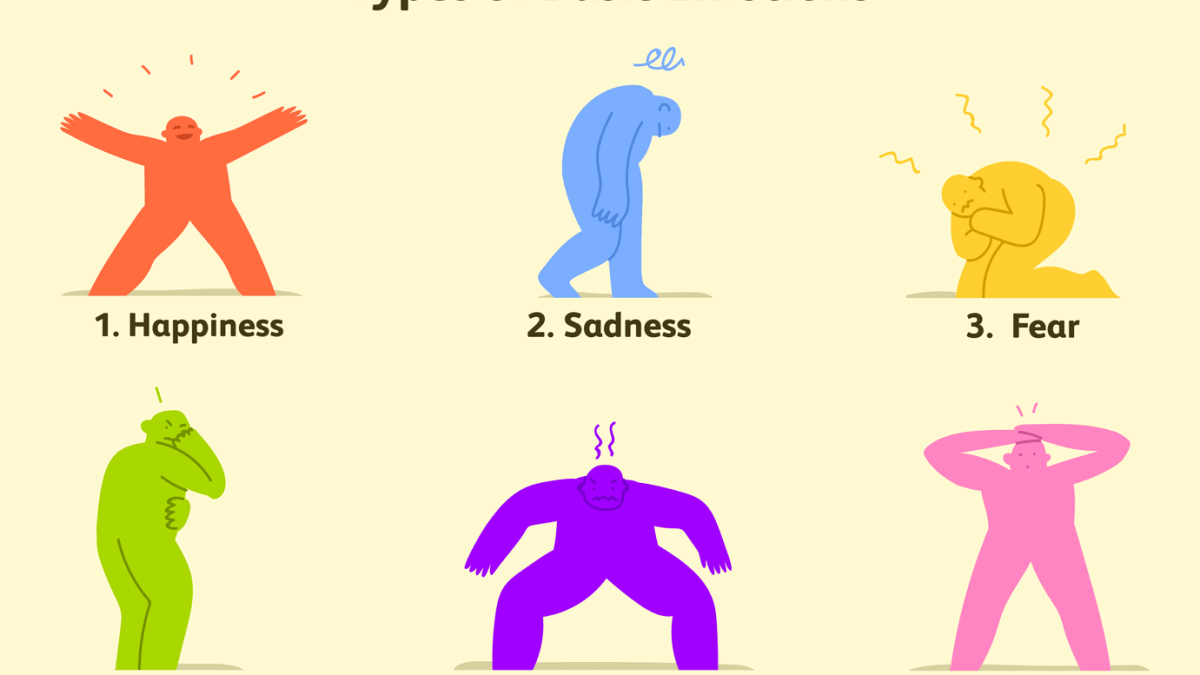
Stress Management
September 4, 2020Having emotions is a normal part of life, though people do tend to vary in how strongly they feel their emotions. This is simply a part of basic temperament. However, emotional dysregulation goes beyond temperament and may signal that an emotional disorder has developed.
An emotional disorder is likely to be present when a person finds their intense emotions to be so overwhelming that they struggle to function well and get on with life. Examples could be when anxiety leads to excessive avoidance of tasks, behaviours and interactions, to the extent that it negatively impacts work performance, health or social life. Or feeling really sad might cause someone to shut down and isolate themselves.
While it is true that some people feel their emotions more strongly and more frequently than others, it is certainly not the case that every person with frequent, intense emotions has an emotional disorder. Some are entirely comfortable with their emotions and handle them well. And that is the key. Emotional disorders, it turns out, happen as a result of how a person relates to their emotions. According to psychologist David H. Barlow, author of a Unified Protocol for emotional disorders, as well as having frequent, intense emotions, people with emotional disorders have a pattern of reacting to their emotions by thinking something like “I shouldn’t be feeling this way” or “I shouldn’t have to feel this way” or “It’s a disaster that I’m feeling this way”. This may not be fully conscious, but these are the sorts of negative automatic thoughts that arise when an emotion occurs, even when it is perfectly normal and appropriate. Secondly, such people allow such thoughts to drive them into efforts to escape or avoid the emotion. Unfortunately, these efforts backfire and lead to further intense emotions.
It is this unhelpful but habitual struggle with emotion that the Unified Protocol works to change. Clients that have undertaken to work through the Protocol learn about the beneficial functions of our major emotions, learn to accurately track their moods (instead of just believing their mind when it tells them they are “always sad” or “always anxious”), learn to cultivate more positive emotions; to increase their cognitive flexibility, to learn mindful awareness and acceptance of emotions, and to become better able to tolerate and move through emotional distress. The beauty of the program is that it is truly transdiagnostic, in that it can be used to treat almost any psychological disorder. Thus, anxiety disorders, depression, PTSD, Borderline Personality Disorder, eating disorders, and impulsive or self-destructive behaviours, can all be treated using the Unified Protocol. This is because frequent intense emotions, together with negative secondary reactions to these emotions prompting efforts to avoid, escape from, or control behaviours, are part of what keeps the psychological disorders like those listed above going.
So, the good news is that even strong, frequent emotions do not doom a person to be always on the brink of emotional overwhelm. Working with them in accepting and skilled ways can greatly improve your well-being and help you be less anxious, less depressed, less easily triggered, and less driven by a control agenda.


